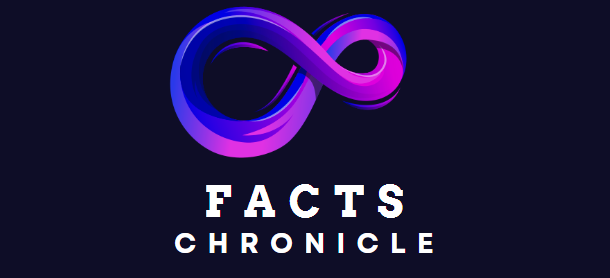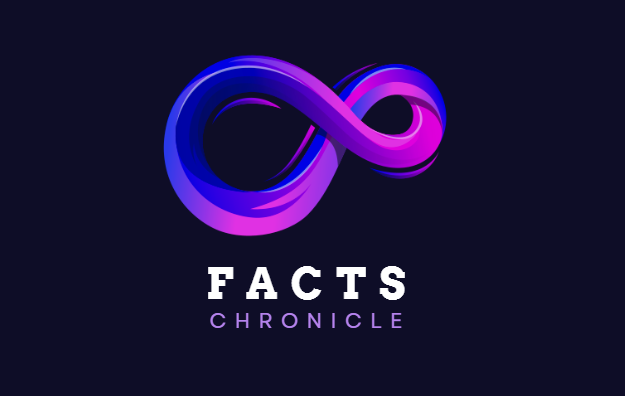Cancer is a disease which is rampant all over the world. It has a major impact on societies and households alike, with the most affected being the patients themselves. Cancer is the second major cause of death in the world after heart disease. Although no substantial medicine is available for the disease. Even the cause of the disease is not clearly known. We just know that cancer is a group of diseases involving abnormal cell growth with the potential to invade or spread to other parts of the body. And there are various treatments available for the disease, success of which depends on many factors including early detection.
Cancer is mostly a silent killer and symptoms appear when it is already too late and the disease has spread to most organs and parts of the body. Since early detection is not always easy, any new discovery in this regard is extremely important for both patients and health care providers. One such discovery is the use of a ‘Cytosponge’ in the early detection of oesophageal cancer.
A gelatin capsule attached to a string is ingested. This pill contains the Cytosponge. The Cytosponge is a mesh sponge about 30 mm in diameter. Once the pill is ingested, the outer covering is dissolved as it reaches the stomach and the sponge inside is revealed. When pulled up, it scrapes off cells from the esophagus. These cells can then help doctors test and detect anomalies of the gullet. As opposed to a biopsy which only collects cells from one spot, the Cytosponge collects cells from all along the esophagus and can reveal cancer development earlier and better.
This pill with the Cytosponge inside has been developed by Professor Rebecca Fitzgerald and other researchers at the University of Cambridge. About 5% people have Barret’s esophagus before oesophageal cancer. Barrett’s esophagus is a condition where the cells of the esophagus (gullet) change shape and grow abnormally. The cells change shape because of bile and acid reflux. The Cytosponge can be used to detect both these diseases early on and increase chances of recovery and survival.
“The trouble with Barrett’s esophagus is that it looks bland and might span over 10cm,” explained Professor Fitzgerald. “We created a map of mutations in a patient with the condition and found that within this stretch, there is a great deal of variation amongst cells. Some might carry an important mutation, but many will not. If you’re taking a biopsy, this relies on your hitting the right spot. Using the Cytosponge appears to remove some of this game of chance.”
Complete genome sequencing has revealed that mutations occur in the genome which causes these diseases. The pattern of these mutations provides the fingerprint of the causes of this type of cancer. It has thus been found that stomach acid reflux in the gullet is very harmful and damaging. It eats away the lining of the esophagus and is the cause of both Barret’s disease and oesophageal cancer.
Genetic mutations occur quite early in the cells of the gullet. That is why the use of the Cytosponge is very useful in the early detection of this cancer. The use of Cytosponge is better than endoscopy as well because patients have less discomfort while undergoing the former method of testing and screening.


